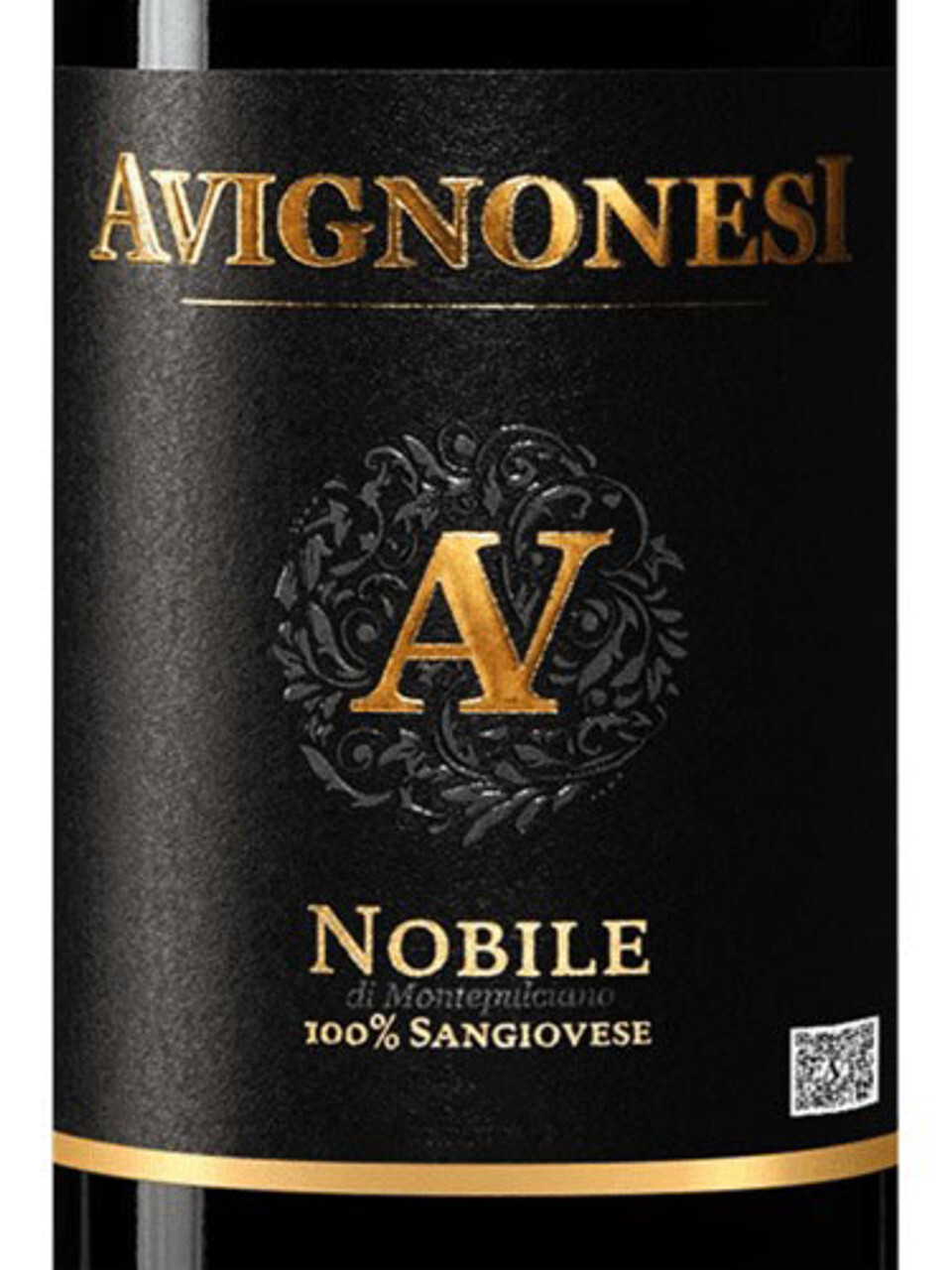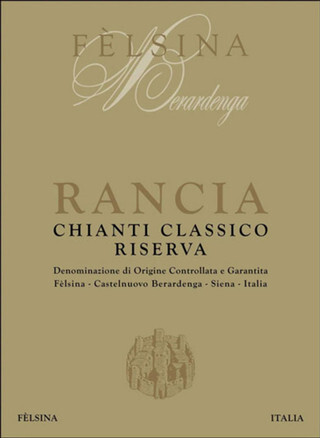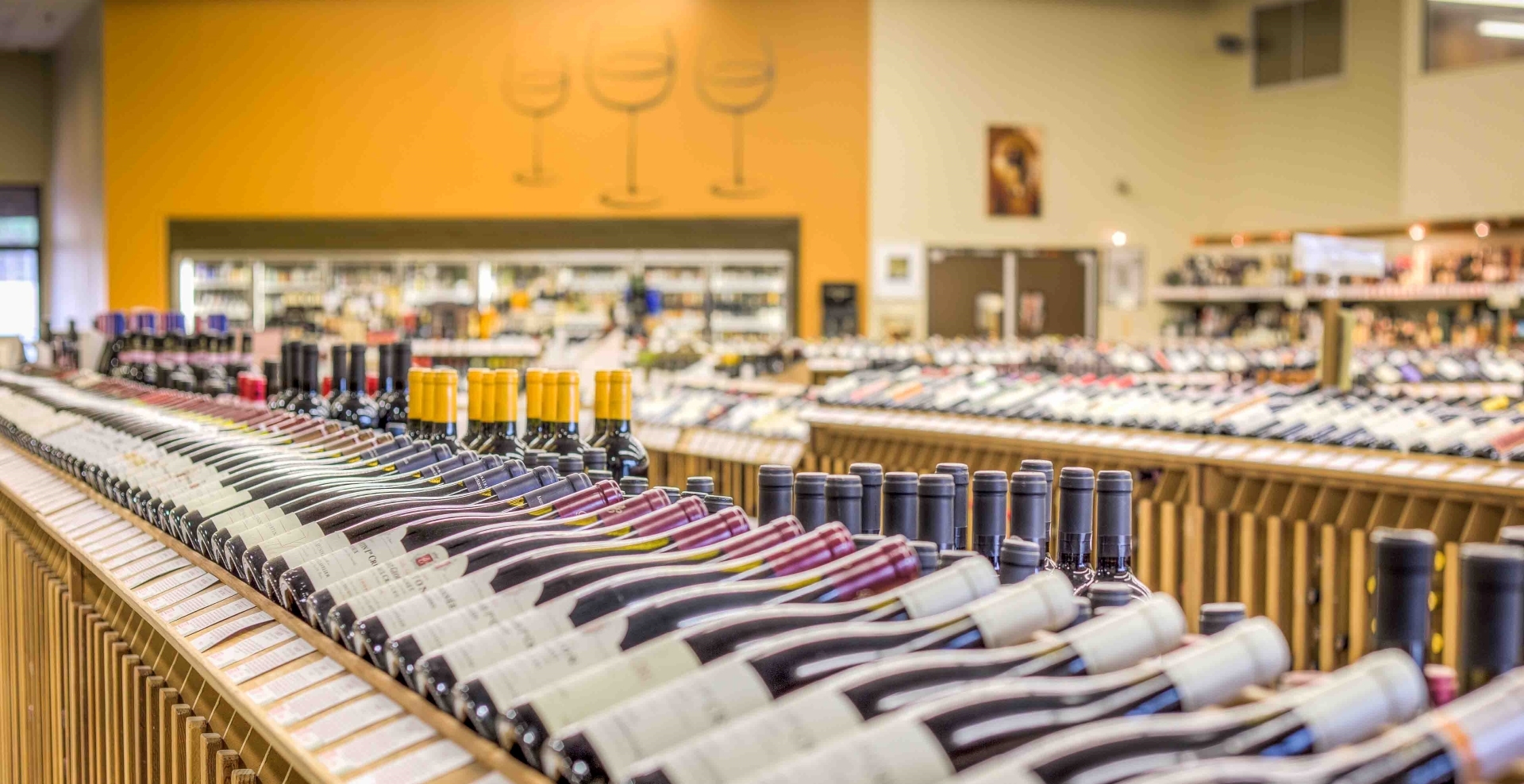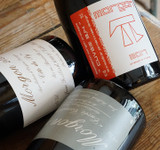Apr 29th 2025
Why Sangiovese is the Heart of Italian Wines
Italy is not just famous for its stunning landscapes and ancient ruins—it's a land overflowing with flavors, culture, and traditions that have stood the test of time. And at the heart of all this richness is one grape that embodies them all—Sangiovese.
It’s more than a grape—it’s the heart of Italian red wine. It's grounded in the soil, specifically Tuscany, and represents the heritage behind every glass poured today. So why is Sangiovese so special? Why do wine enthusiasts everywhere hold it in such high esteem? Because Sangiovese has a story to tell. With every sip, it's a sip of the earth, a recollection of centuries of winemaking, and a peek at Italy's proud heritage.
In this guide, we’ll explore what makes Sangiovese stand out, how different regions and styles shape its character, and why it continues to lead the way among Italian wines. From casual dinners to grand celebrations, Sangiovese fits every moment, bringing flavor and feeling in equal measure. Whether you’re just getting into wine or you’ve been collecting for years, it’s time to discover the grape that defines Italian passion.
Sangiovese: Italy’s Most Iconic Grape
This humble yet mighty grape has become the most highly esteemed varietal in Italy. Its capacity to express the essence of its home country makes it a national gem.
What makes Sangiovese unique?
Sangiovese has been planted in Italy for generations, and its name—from Latin "Sanguis Jovis," or "blood of Jupiter"—betrays the fact that it is almost revered. Valued both for history and taste, this grape isn't iconic alone—it's mythic. What sets Sangiovese apart is its mix of bright fruit and earthy depth, and its rare talent for reflecting the soil and climate where it grows.
Key characteristics
Sangiovese is medium in weight and famous for its bracing acidity, its tannins being firm and flavor that zips from energetic cherry, plum, and red currants to soil tones of leather, dry herbs, and tobacco. Expect vibrant fruit on the nose and a textured, savory palate. It's not fat or jammy but is about balance and tension, and hence fascinating to young people as well as being a gracefully maturing wine.
Adaptability Across Regions & Styles
From austere Chiantis to muscular Brunellos, Sangiovese flows effortlessly through the various microclimates and methods of production. It's a chameleon varietal—a stainless steel ageing reveals its bright, zestful nature, while Oak ageing adds extra depth and complexity. Whatever it's entrusted to, be that a conservative hands-on type or a free spirit, Sangiovese turns up with some new, engrossing variation. It not only honors heritage—it revives it, vintage upon vintage.
Tuscany: The Birthplace of Sangiovese
Tuscany is the spiritual and historical birthplace of this grape. In Tuscany, Sangiovese ripens with complexity, born of tradition and blessed by the Mediterranean sun:
Why Tuscany is synonymous with Sangiovese
Sangiovese and Tuscany are a match made in heaven—they just go together. The region's rolling hills provide the ideal backdrop—hot, sun-soaked days, cool, crisp nights, and mineralized soils—where this grape could flourish like nowhere else. It was in these golden hills that Sangiovese evolved from a simple grape to a legend with every glass containing a piece of the soul of Tuscany. For many drinkers, Sangiovese = Italian wine—and that’s no accident.
Climate, Soil & Sangiovese Expression
From the Chianti Classico's limestone-clay soils to the galestro-dotted slopes of Montalcino, each region of Tuscany has a story to tell with Sangiovese. In cooler sites, it stays light and red‑fruited; in warmer pockets, it turns darker, spicier, and more powerful. Yet wherever it's grown, there's that classic Tuscan character—a certain je ne sais quoi that renders every bottle an Italy postcard, a vignette from the country's wine homeland. It's the way nature paints the same grape in infinite shades, making the mundane into the marvelous with every vintage
Tradition vs. Modern Techniques
In Tuscany, the vintners are both visionaries and historians. They straddle centuries of tradition and avant-garde practices with elegance. Some proudly let their wines mature in huge Slavonian oak vats as their fathers and forefathers before them did. Others innovate using small French barriques, managed fermentations, and provocative blends. What ensues is an electrifying mosaic of styles with one central bond—Sangiovese. It's a destination where tradition and experimentation converge, and each sip is a story of evolution. There's a buzz in the area, a feeling that something ageless is being reimagined every harvest season
Chianti & Beyond: The Many Faces of Sangiovese Wines
From casual imbibers to collectors' art forms, Sangiovese is expressed in numerous ways. Let's explore them:
- Chianti: Chianti is Sangiovese's most widely known face. No matter whether it's a fruity and young Chianti DOCG, an elegant Chianti Classico, or a complex Chianti Riserva, they are food-friendly and extremely quaffable.
- Brunello di Montalcino: Produced with a full 100% Sangiovese Grosso, Brunello di Montalcino is a wine of stature. Oaked for five years or longer before release, it's infamous for its age, structure, and long ageing potential—a treasure for collectors to dream about.
- Vino Nobile di Montepulciano: Too often eclipsed by Chianti and Brunello, Vino Nobile di Montepulciano represents outstanding quality and value. Red-fruit flavors are ripe, tannins are soft, and there are earthy overtones--it's a candidate to put on your table.
- Super Tuscans: When Tuscan producers flouted the rules by blending Sangiovese with international varieties such as Cabernet Sauvignon and Merlot, the Super Tuscan was born. The wines are powerful, refined, and internationally recognized—testimony to the ability of Sangiovese to adapt.

Sangiovese vs. Other Italian Wines: What Sets It Apart?
Italy is a country of wonderful grapes—Nebbiolo, Barbera, and others. But a special place belongs to Sangiovese due to its utter versatility:
Sangiovese vs. Nebbiolo, Barbera, & More
Though Nebbiolo might challenge Sangiovese for complexity and Barbera provides affable bonhomie, Sangiovese's combination of acidity, tannin, and palatability makes it singularly versatile. It's the holy trinity of Italian reds, which is rich in providing structure, luminosity, and heart to each bottle. For weeknight pasta dinners to holiday banquets, Sangiovese doesn't merely join the party; it just steals it.
Signature Acidity & Food-Friendliness
That vibrant, snappy acidity? That's what gets Sangiovese synchronised with food. Whether tomato sauce pasta, roasted meats, or full-bodied stews, Sangiovese makes the experience better with it. Its acidity lifts dishes without overpowering them. One bite, one sip, and all at once, the entire meal is no less than bliss.
Aging potential
Although several styles can be consumed young, high-quality Sangiovese—particularly Brunello—is ageworthy and gets better with time, maturing into a richer, more intense wine with the aromas of dried flowers, spices, and balsamic depth. Through the passage of time, it goes from brilliant and vivacious to rich and contemplative. Top bottles mellow for decades, gaining dried‑flower and balsamic notes.
Food Pairing with Sangiovese: Elevating Every Meal
A perfect pairing with Italian food and more, Sangiovese enhances the flavor of any meal:
A Natural Partner for Italian Cuisine
There's a reason why Italians are loyal to the local lore. Sangiovese and Italian cuisine are made for each other—like Romeo and Juliet, but with an infinitely better outcome (and fewer tears). This grape is a master of commanding the dinner table. Its acidic zing slashes through fat richness like a samurai-wielding sommelier. Its tannins are clingy and envelop your protein like a cozy Italian nonna, and its fruit, so bright red? That's the seductress in the room tempering every hot, saucy note.
Best Pairings
-
Pasta in tomato sauce: Imagine marinara, arrabbiata, or good old grandma's Sunday sauce secret. Sangiovese is the perfect match!
-
Margherita or meat pies: From mozzarella wizardry to meat madness, this wine cuts through them all like a pro.
-
Cured meats such as prosciutto and salami: Salty, fatty, stinky? Ideal. Sangiovese adds the zip to your antipasti.
-
Aged cheeses: Hard cheeses have found their partner. It is like giving a standing ovation to our watering mouth.
Unexpected Pairings that Work
Sangiovese’s balanced acidity and moderate tannin let it match dishes beyond Italian cuisine. Try it with barbecue ribs, Moroccan lamb tagine, or even roast turkey at Thanksgiving. The grape’s versatility means it can lift a wide range of flavors, making it a reliable choice when the menu is eclectic or undecided.
Choosing the Best Sangiovese: Tips for Every Wine Lover

Tracking down your ideal Sangiovese needn't be intimidating. Here's the way to cut through the label confusion and choose correctly:
Decoding Italian Wine Labels
Italian wine labels may seem daunting, but once you learn the magic words, it's Da Vinci Code-esque—except for the deliciousness. Look for these magic acronyms:
- DOCG (Denominazione di Origine Controllata e Garantita) – the cream of the crop, boss level. This is Italian wine law's highest designation. If wines were to walk the red carpet, DOCG would do it in style.
- DOC (Denominazione di Origine Controllata) – a step lower, but very elegant nonetheless. It's the economy class of wine denominations—good experience, not at the expense of a mortgage payment.
- IGT (Indicazione Geografica Tipica) – the wild child of a cousin. It has fewer restrictions on the rules but still guarantees quality. Great for those winemakers who enjoy coloring outside the lines.
Choosing the Right Bottle for the Right Occasion
Not every wine moment is equal to—your Tuesday night takeout doesn't require a wine that's been cellaring since the Renaissance. So here's how to pair your moment:
- Weeknight dinner? Pick up a young Chianti or an IGT blend. It's casual, tasty, and won't judge your PJs. Great with pasta, pizza, or existential angst.
- Wowing the guests? A Chianti Classico Riserva is the same as having a plus-one who can communicate in six languages and entertains everyone. Structured, bold, and a complete charmer.
- Marking a special occasion? Crack open a Brunello. The tuxedo of Sangiovese—wrought, aged, and bound to steal the show.
Best Buys for Every Budget
Whether you have $20 or $200, Sangiovese doesn't judge. From purse-friendly Chiantis that Tuesday night dinner will feel like a banquet, to cellaring Brunellos that can age like the great Italian operas, this grape provides bang for your buck. And through WHWC's carefully selected lineup, discovering your ideal bottle couldn't be more convenient than swiping right—except this date actually texts back with flavor.

The Future of Sangiovese: Tradition Meets Innovation
Sangiovese is changing without forgetting its origins. Let us discuss:
Trendsetters of Wine
A new generation is experimenting with organics, native yeasts, and minimal oak. They're wine's version of punk rockers—misguided but in reverence. Still, all the doings and more, and yet they give a tip of the hat to tradition. The lead in the ongoing drama in wine continues to be Sangiovese—a new dapper suit on the same soul.
Climate Change and Its Effect
Mother Nature has apparently turned up the heat, and Tuscan wineries are experiencing the burn. But winemakers are rising to the occasion like experts, tweaking harvest schedules, taking to the hills (literally!), and getting resourceful with tricks such as canopy management to protect grapes from the heat. It's a strategic game of hide-and-seek from the weather in the name of retaining that all-important Sangiovese zip. Climate is shifting, but growers are adapting to keep Sangiovese’s freshness.
Sangiovese Outside Italy
Although Italy will forever hold a special place in the heart of Sangiovese, the grape obtains a passport and becomes global. In California, Australia, and Argentina, winemakers are adding their own twist to this Italian original, such as adding a new sauce to spaghetti. The outcome? Full-bodied, crisp, and absolutely worth the attempt. Sangiovese is becoming an international star, and let's be honest, its accent remains better in Italian, but it's proficient in delectable wherever it grows.

Get Yours Now
Sangiovese isn't only Italy's most popular grape—it's the soul of Italian wine. It unites people like a good meal and has a story to tell in every sip. Whether it comes from the hills of Tuscany or sits on your table at home, Sangiovese is not just delicious—it's an experience. From an easy Chianti on an evening out to a robust Brunello for occasions, this variety lends elegance, depth, and that quintessential Italian flair.
With its racy acidity, robust flavors, and passion for food, it's little surprise that Sangiovese is adored worldwide. It continually adapts due to innovative winemakers and shifting climates, but it never forgoes its heritage. Whether you're new to wine or familiar with it, this grape is always something different. And so if Sangiovese has yet to land on your list, well, now's the perfect opportunity. Your food will be pleasing. Your palate will appreciate it. Honestly speaking, every wine rack needs a little Italian flair.
Discover the right bottle here at WHWC, it’s waiting.
Pop the cork, pour a glass, and let Sangiovese sing since you only live once!











